Unique Forms of Continuity in Space his sculptural icon of energy has been loaned by Tate Modern. This is an example of how symbolism continues to inform Boccionis oeuvre.
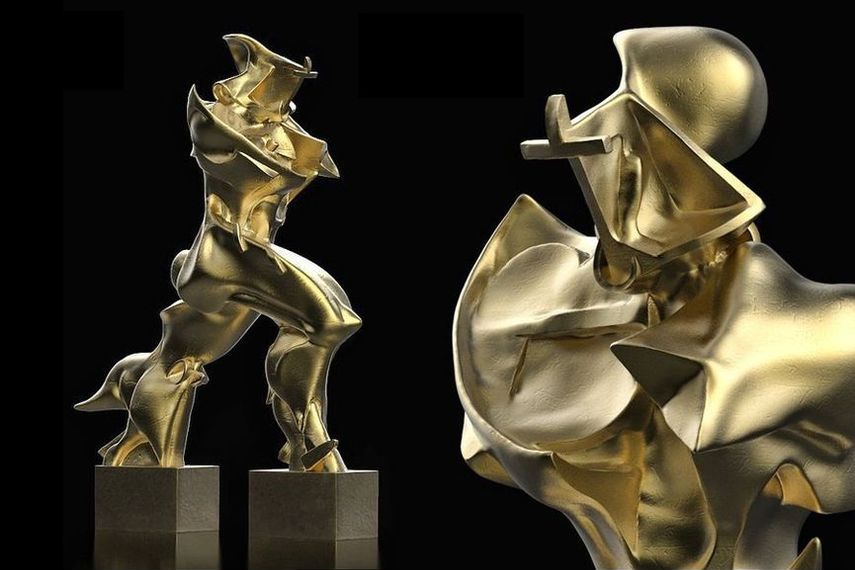
All You Need To Know About Boccioni S Unique Forms Of Continuity In Space Widewalls
Thus the works were given the title of Forme Uniche.

Unique forms of continuity in space analysis. Boccioni exaggerated the bodys dynamism so that it embodied the urge towards progress. Forme uniche della continuità nello spazio. Boccioni did not show this through the repetition of arms legs and faces but by having fluid drapery flow behind and being armless.
Unique Forms of Continuity in Space is full of this exciting forceful movement forward not only showing the body striding ahead but also the swirling eddies of the bodys impact on its environment. The Futurists celebration of the fast pace and mechanical power of the modern world is emphasized here in the sculptures dynamism and energy. 117 x 305 x 875 cm.
Unique Forms of Continuity in Space has also been compared to Rodins armless Walking Man of 1907. In Unique Forms of Continuity in Space the figure is aerodynamically deformed by speed. The sculpture has an aerodynamic and fluid form.
Boccionis Unique Forms of Continuity in Space a sculpture depicting an abstracted quasi-human form in motion was considered at the time of its making to represent the height of achievement when it came to depicting movement through the plastic arts. Unique Forms of Continuity in Space was created in 1913 by Umberto Boccioni in Cubism style. The bronze sculpture of Unique Forms of Continuity in Space1913 probably portrays an athlete and seems to suggest a march a heroic progression a feeling of confidence and conquest with regard to what lies ahead.
This was one of Boccionis few cast pieces however he skillfully executes the essence of the futurist movement. But above all there is Boccionis acknowledged masterpiece Unique Forms of Continuity in Space that magnificent figure striding forwards as if through a driving storm flesh flapping like. The figure is also armless and without a discernibly real face.
It is seen as an expression of movement and fluidity. 1913 cast in 1972 Physical Dimensions. Boccioni rose above futurist slogans to record the agony as well as ecstasy of modern life.
The unknown figure strides through space almost appearing in a superhuman fashion. Unique Forms of Continuity in Space Although Boccioni was a painter first and foremost his brief forays into sculpture are significant. Unique forms of continuity in space.
Umberto Boccionis Unique Forms of Continuity in Space Forme Uniche Boccioni created the cast so that he could mass produce these sculptures but due to the nature of casting there still exist imperfections flaws and miniscule differences between each statue produced. There is no known record of Boccioni himself wanting to cast any of his plaster sculptures in metal during his lifetime so the fact that Unique Forms of Continuity in Space is almost universally represented as a bronze sculpture is not according to his wishes. Marinetti was the first to cast the work in bronze in 1933 no doubt with the aim to better preserve it for posterity since the plaster had already started to.
Umberto Boccioni Dynamism of a Soccer Player 1913 oil on canvas 1932 x 201 cm The Museum of Modern Art New York Unique Forms is one of a series of. The Unique Forms of Continuity in Space was created by Umberto Boccioni in 1913. Unique Forms of Continuity in Space has also been compared to Rodins armless Walking Man of 1907.
Unique Forms of Continuity in Space depicts a powerful human form in action seemingly flying or gliding through the air. Boccioni exaggerated the bodys dynamism so that it embodied the urge towards progress. Up until 1912 Boccioni had been a painter but after visiting.
It does not depict a particular person at a specific moment but rather synthesizes the process of walking into a single body. Unique Forms of Continuity in Space depicts a human-like figure apparently in motion. The figures marching silhouette appears deformed by wind and.
Unique Forms is one of a series of sculptures of striding figures that Boccioni created in 1913. The speed and fluidity of movement - what Boccioni called a synthetic continuity - is brilliantly captured in this bronze piece with the human figure gliding through space almost as if man himself is becoming machine moving head-on into forceful winds. Unique Forms of Continuity in Space integrates trajectories of speed and force into the representation of a striding figure.
Unique Forms of Continuity in Space. As a pedestal two blocks at the feet connect the figure to the ground.

All You Need To Know About Boccioni S Unique Forms Of Continuity In Space Widewalls

Umberto Boccioni Unique Forms Of Continuity In Space Article Khan Academy
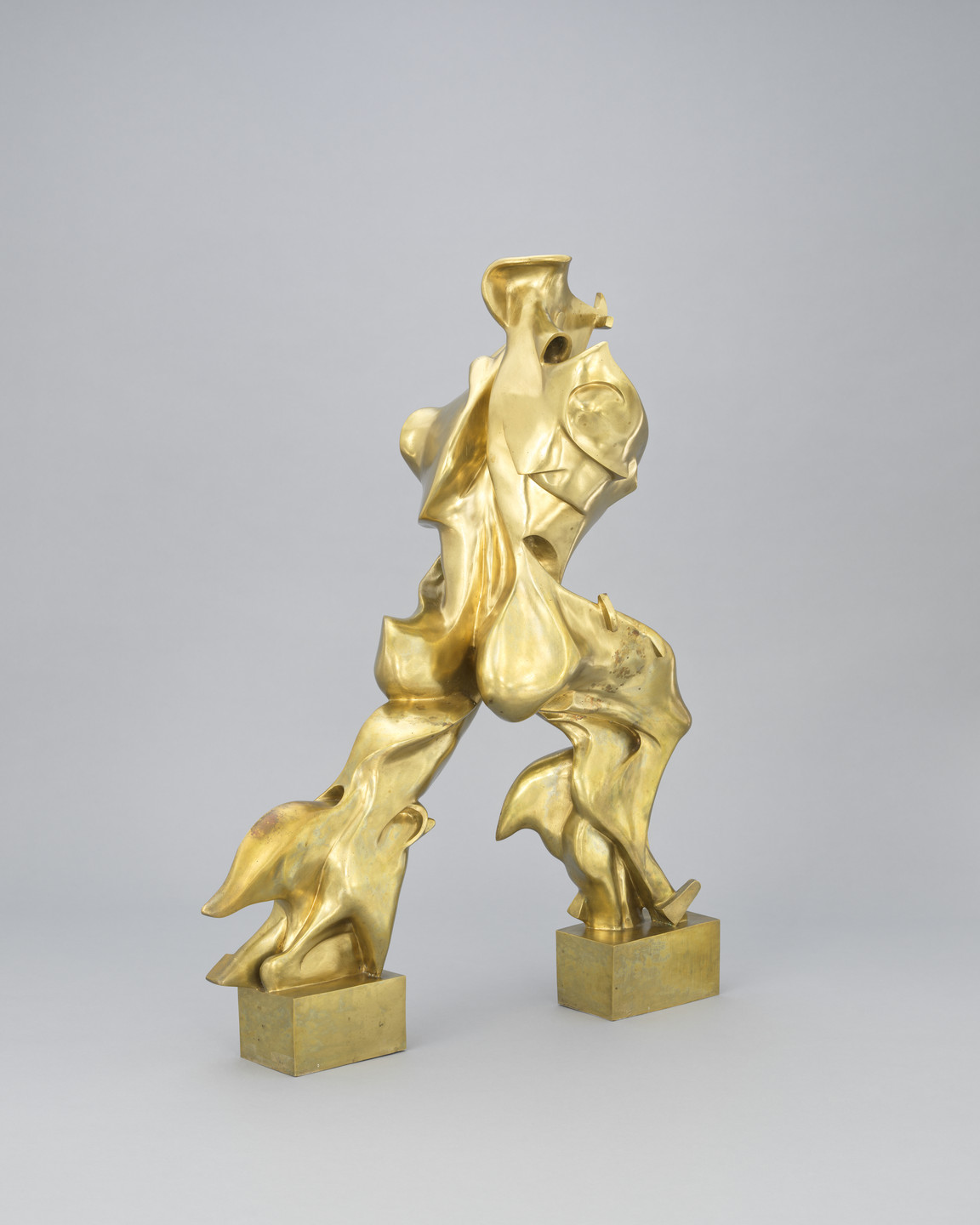
Umberto Boccioni Unique Forms Of Continuity In Space 1913 Cast 1931 Or 1934 Moma

Umberto Boccioni Unique Forms Of Continuity In Space Article Khan Academy
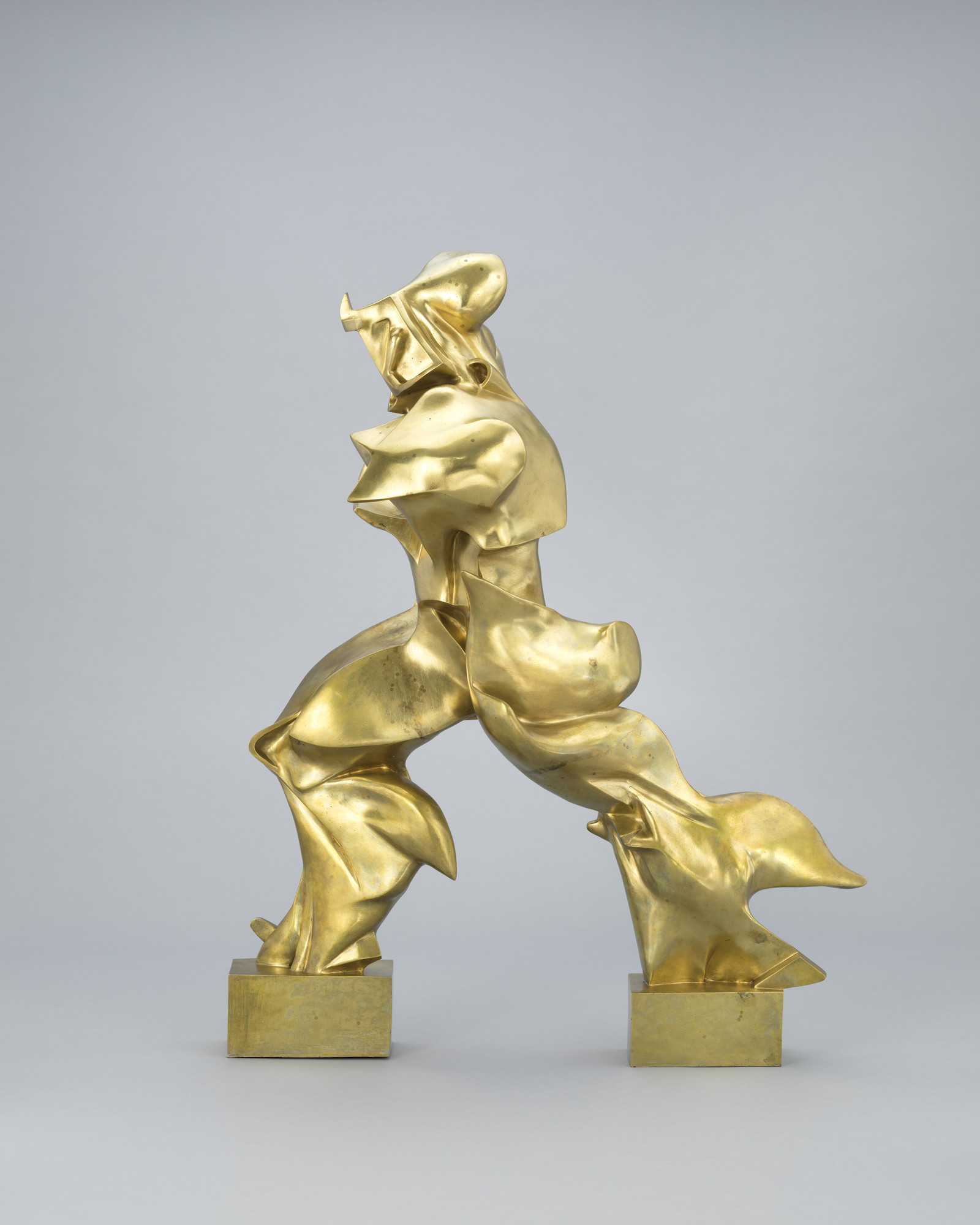
Umberto Boccioni Unique Forms Of Continuity In Space 1913 Cast 1931 Or 1934 Moma

Unique Forms Of Continuity In Space Umberto Boccioni 1913 Cast 1972 Tate
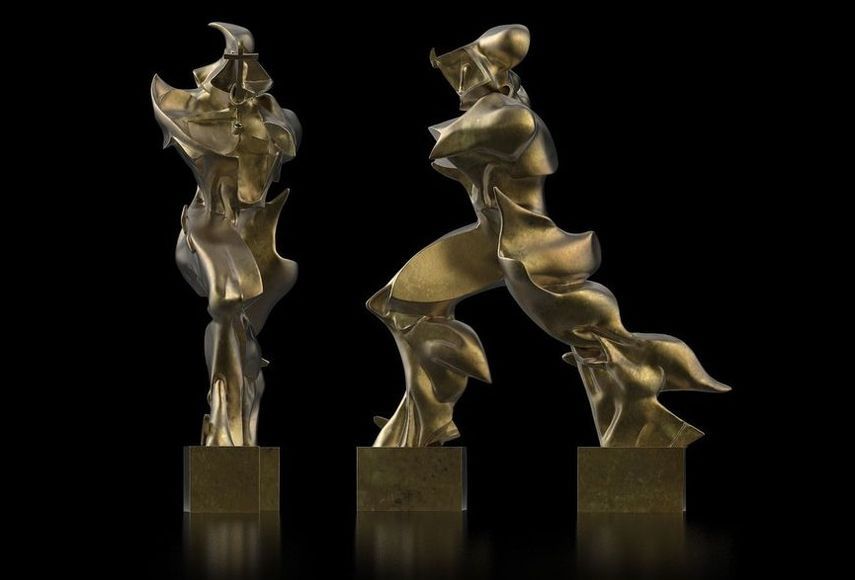
All You Need To Know About Boccioni S Unique Forms Of Continuity In Space Widewalls
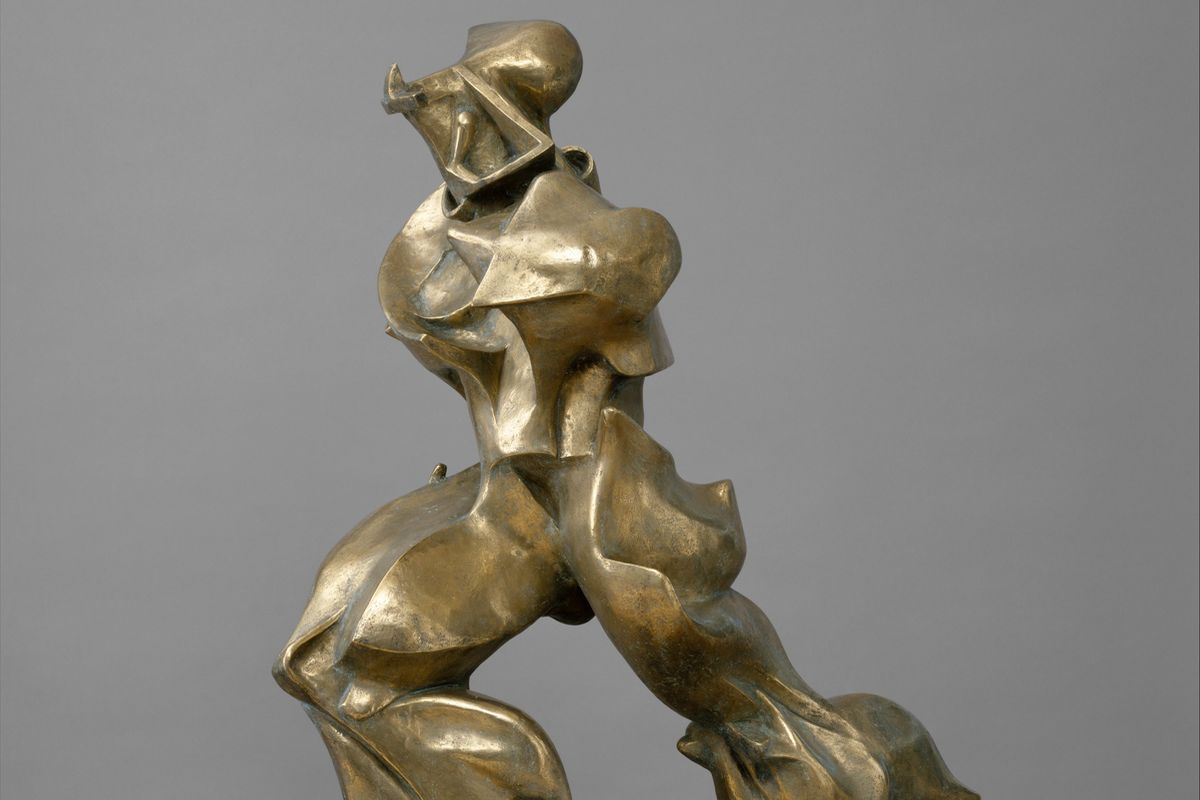
All You Need To Know About Boccioni S Unique Forms Of Continuity In Space Widewalls
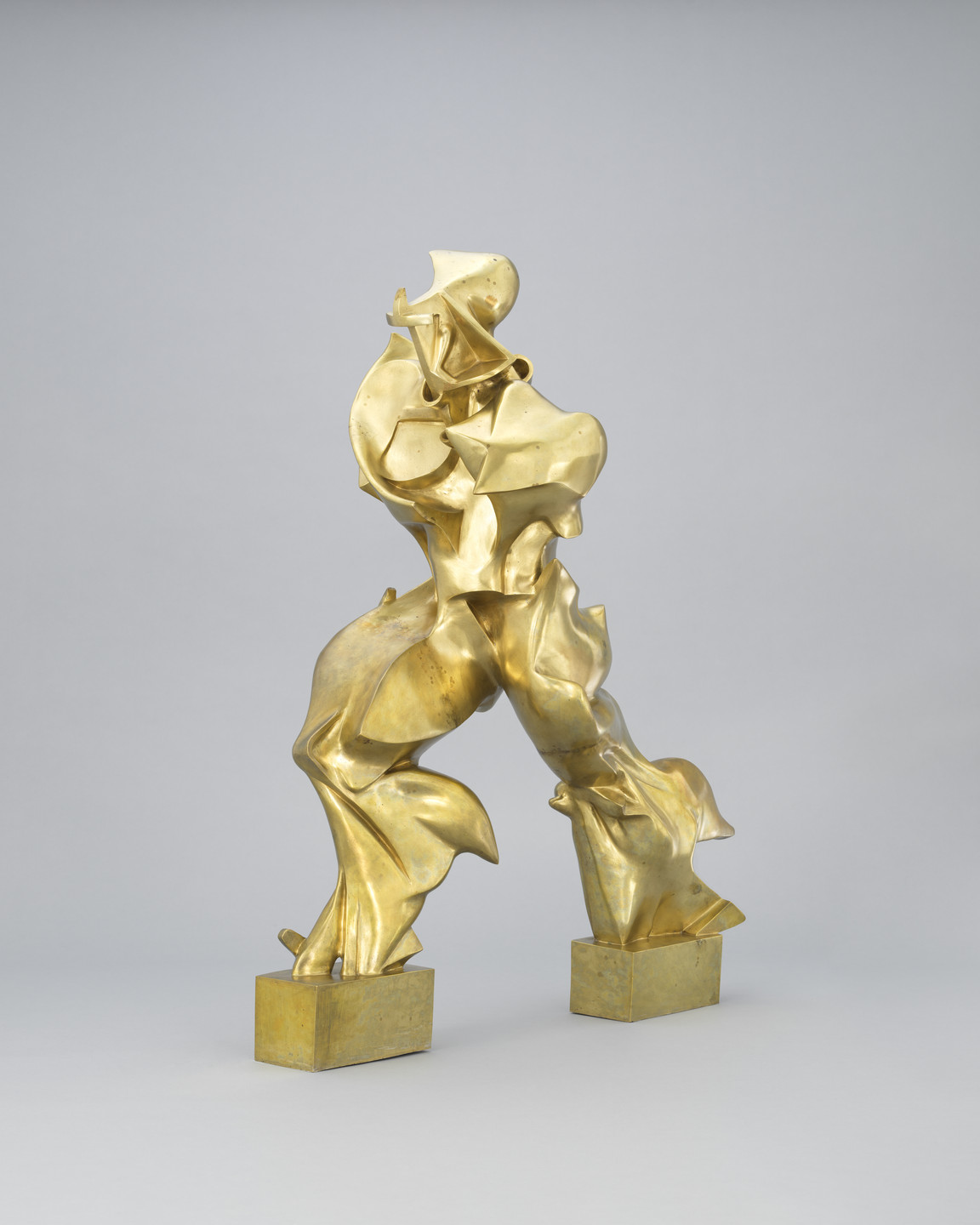
Umberto Boccioni Unique Forms Of Continuity In Space 1913 Cast 1931 Or 1934 Moma
0 comments:
Post a Comment